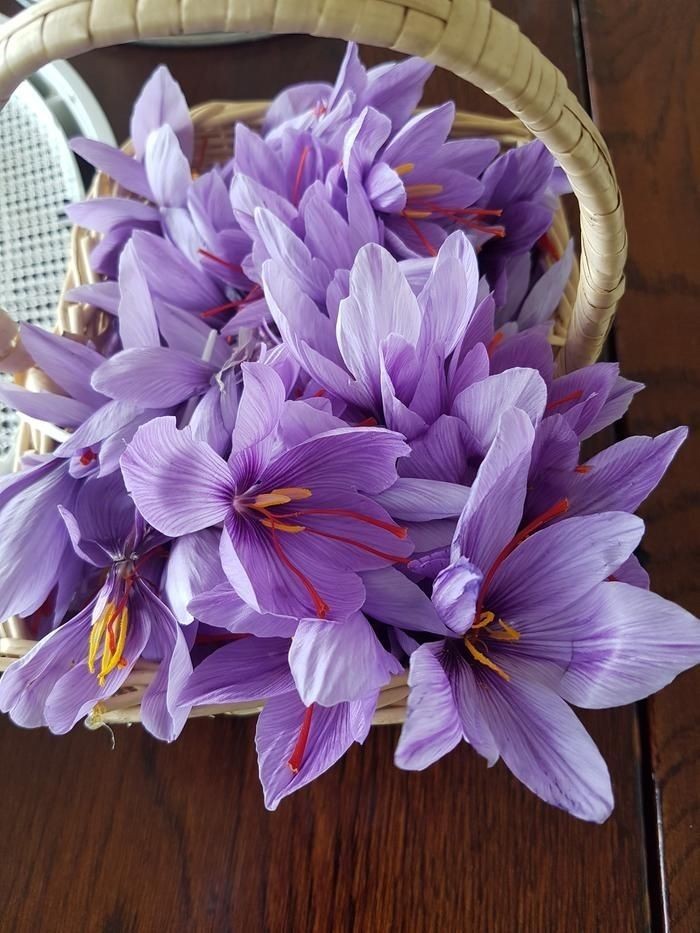Categories
The latest content
-

Customs Clearance & Import Regulations for Bulk Iranian Pinto Beans in EU, Middle East & Africa
..
-
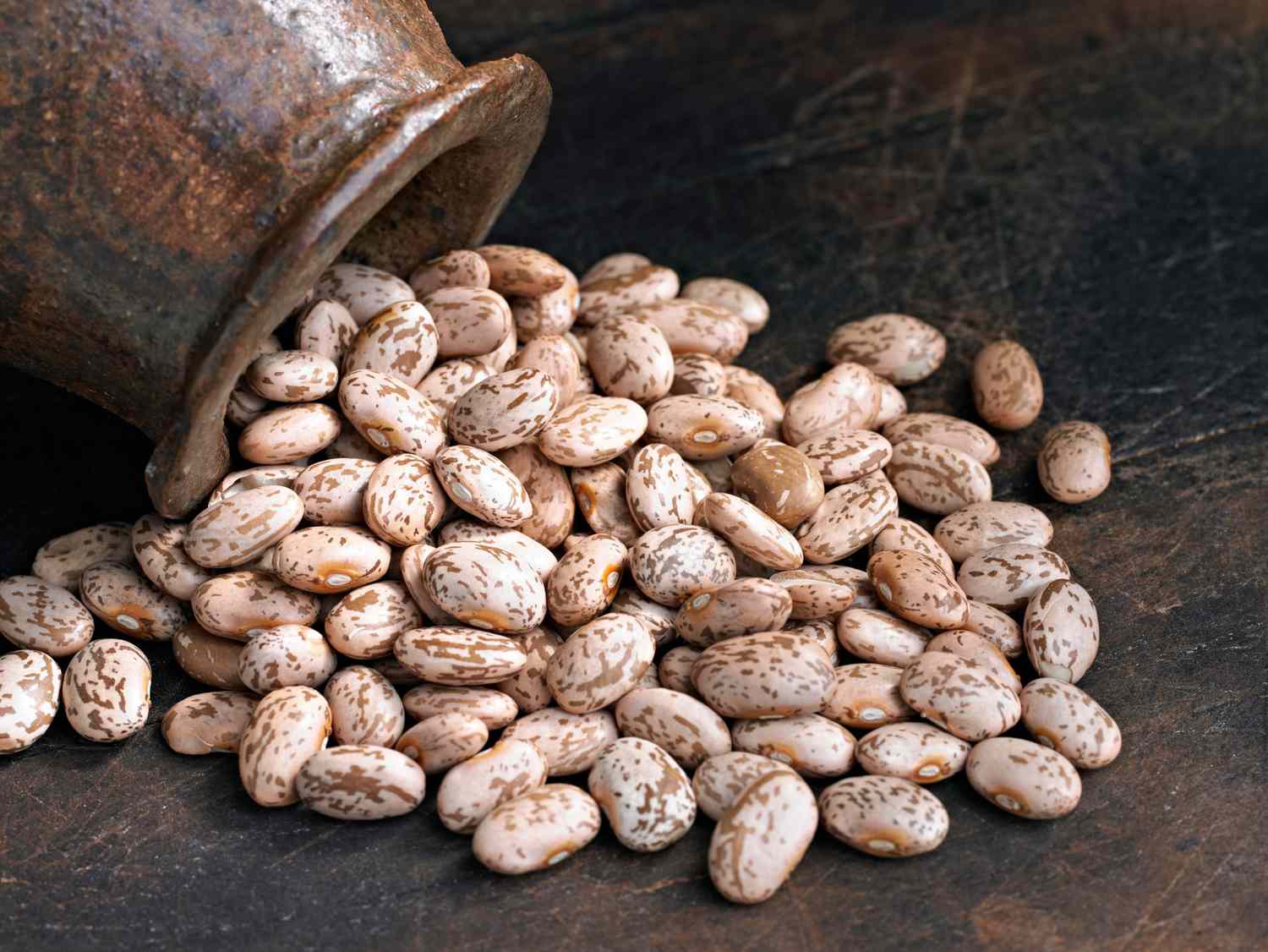
Quality Control & Laboratory Testing Standards for Iranian Pinto Beans
..
-
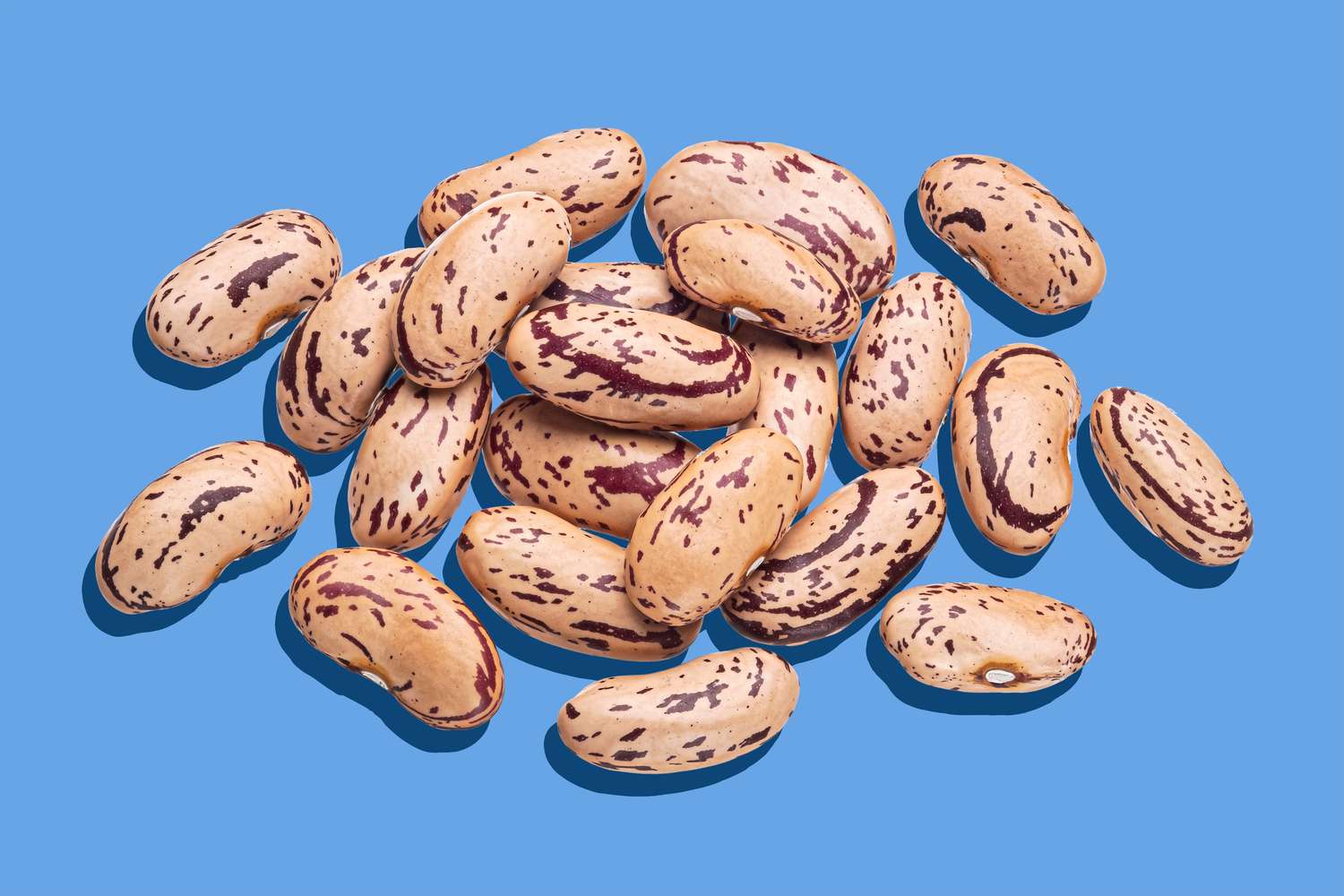
Logistics & Shipping Solutions for Bulk Iranian Pinto Bean Exports
..
-
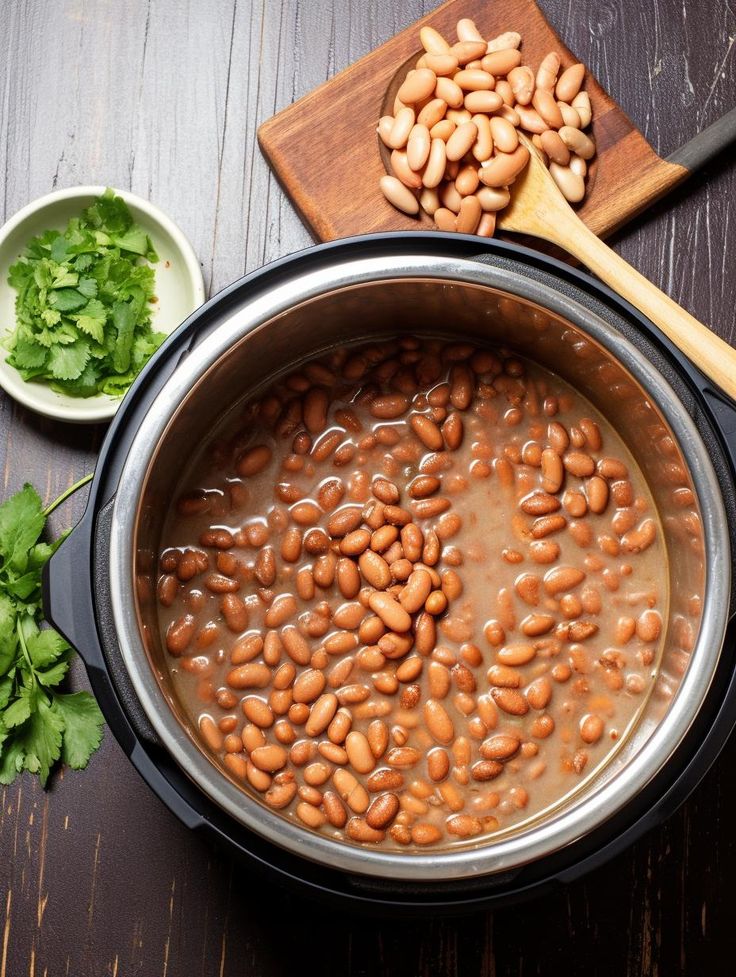
Minimum Order Quantity (MOQ) & Bulk Pricing for Iranian Pinto Bean Buyers
..

Tags
Lahijan: Unveiling the Secrets Behind Iran’s Tea Capital
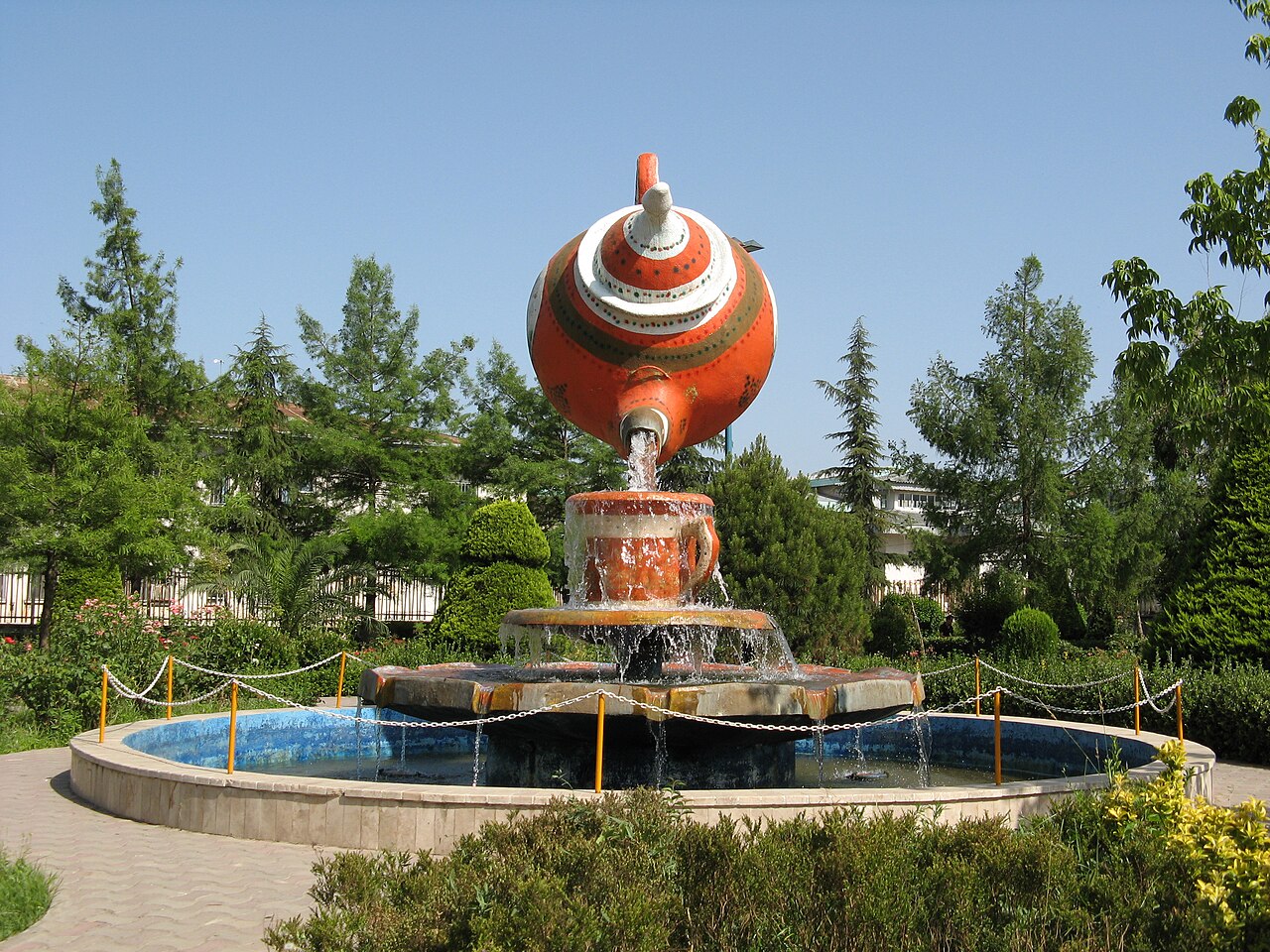
When you pour yourself a cup of fragrant Iranian tea ( chai), chances are, the leaves originated from the lush green hills surrounding the city of Lahijan. Nestled in the Gilan province of northern Iran, along the Caspian Sea, Lahijan proudly holds the title of Iran’s tea capital. But what makes this city so perfectly suited for tea cultivation? Let’s delve into the factors that have cemented Lahijan’s position as the heart of Iran’s tea industry.
A Perfect Climate: Nature’s Gift to Tea Growers
Lahijan’s success as a tea-growing region is primarily attributed to its unique climate. Tea plants thrive in specific environmental conditions, and Lahijan happens to offer a near-ideal combination:
• Moderate Temperatures: Lahijan enjoys a mild, temperate climate with warm summers and cool winters. The absence of extreme temperature fluctuations is crucial for healthy tea plant growth.
• High Rainfall: Tea plants require abundant rainfall, and Lahijan receives a significant amount of precipitation throughout the year. This consistent moisture supply ensures the tea bushes are well-hydrated, leading to higher yields and better quality leaves.
• High Humidity: The humid air, characteristic of the Caspian Sea region, is also beneficial for tea cultivation. High humidity helps prevent the tea leaves from drying out, allowing them to retain their delicate flavor and aroma.
• Sloping Hillsides: Lahijan is surrounded by gently sloping hillsides, providing excellent drainage for the tea plantations. This prevents waterlogging, which can damage the roots of the tea plants.
• A Legacy of Tea: History and Tradition
• Beyond the favorable climate, Lahijan’s tea industry is deeply rooted in history and tradition. In the early 20th century, Mohammad Mirza Kashef al-Saltaneh, also known as “Chai-kar” (Tea Man), traveled to India and learned the secrets of tea cultivation. He brought back tea saplings to Iran and successfully cultivated them in Lahijan. This marked the beginning of Iran’s domestic tea production.
• Over the years, Lahijan’s tea farmers have honed their skills and knowledge, passing down their expertise from generation to generation. They have developed unique cultivation techniques adapted to the local conditions, resulting in distinctive Iranian teas.
• The Heart of the Industry: Processing and Expertise
• Lahijan is not just a tea-growing region; it’s also the center of tea processing in Iran. The city is home to numerous tea factories, where freshly harvested leaves are processed into various types of tea, including black tea, green tea, and oolong tea.
• These factories employ skilled tea masters who use their expertise to carefully control the oxidation, drying, and sorting processes, ensuring the highest quality tea. The presence of these processing facilities in Lahijan further solidifies its position as the hub of Iran’s tea industry.
• A Cultural Icon: Tea in Iranian Society
• Tea is deeply ingrained in Iranian culture, and Lahijan plays a significant role in shaping that cultural connection. Visiting Lahijan offers a unique opportunity to experience the tea culture firsthand. You can stroll through the tea plantations, visit tea factories, and sample different varieties of Iranian tea. The city also hosts tea festivals and events, celebrating the rich history and tradition of tea cultivation.
• Sipping the Essence of Lahijan
• Lahijan’s combination of favorable climate, rich history, processing expertise, and cultural significance has made it the undisputed tea capital of Iran. Next time you savor a cup of Iranian tea, remember the story of Lahijan and the dedication of its tea farmers who work tirelessly to bring this beloved beverage to your table.



